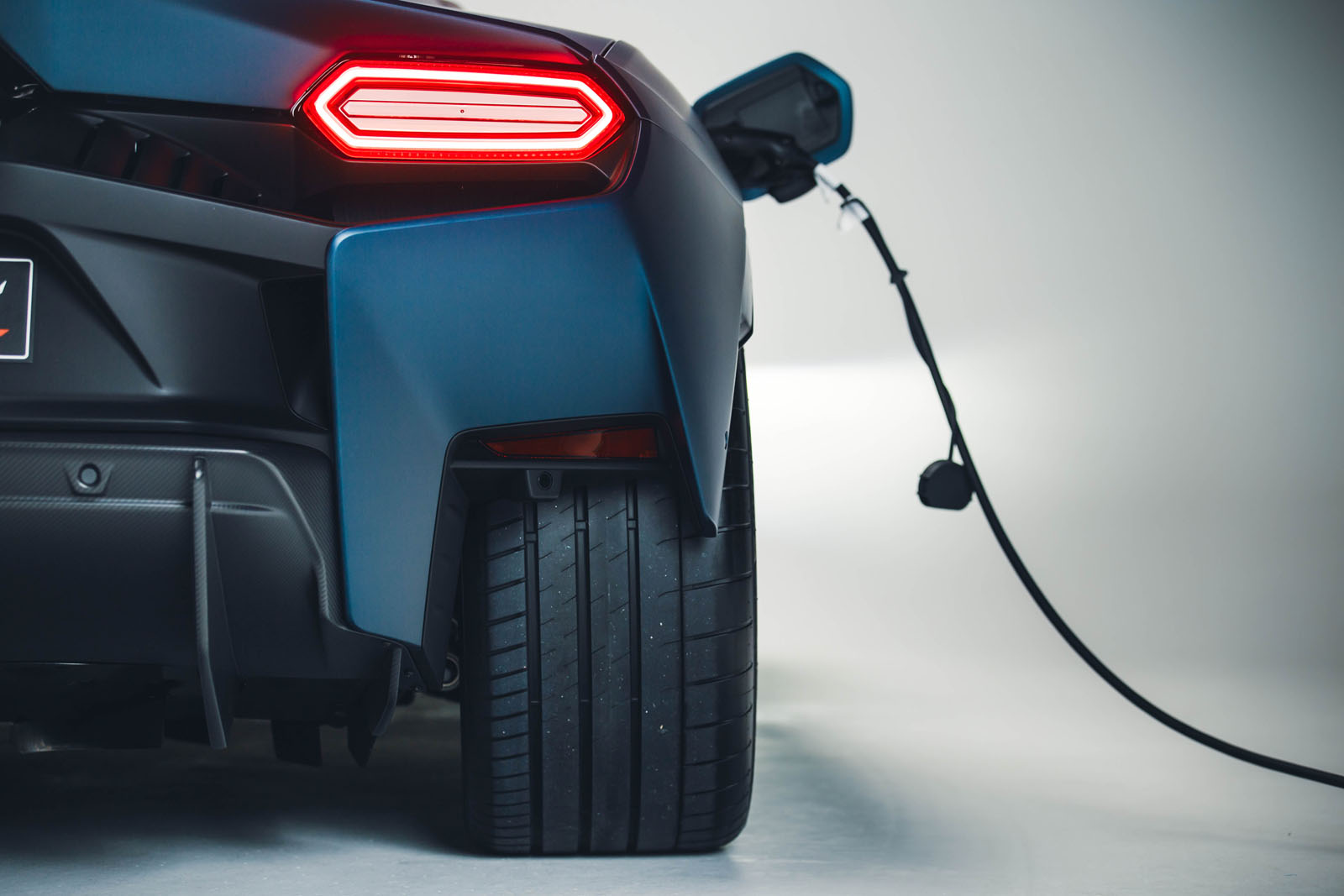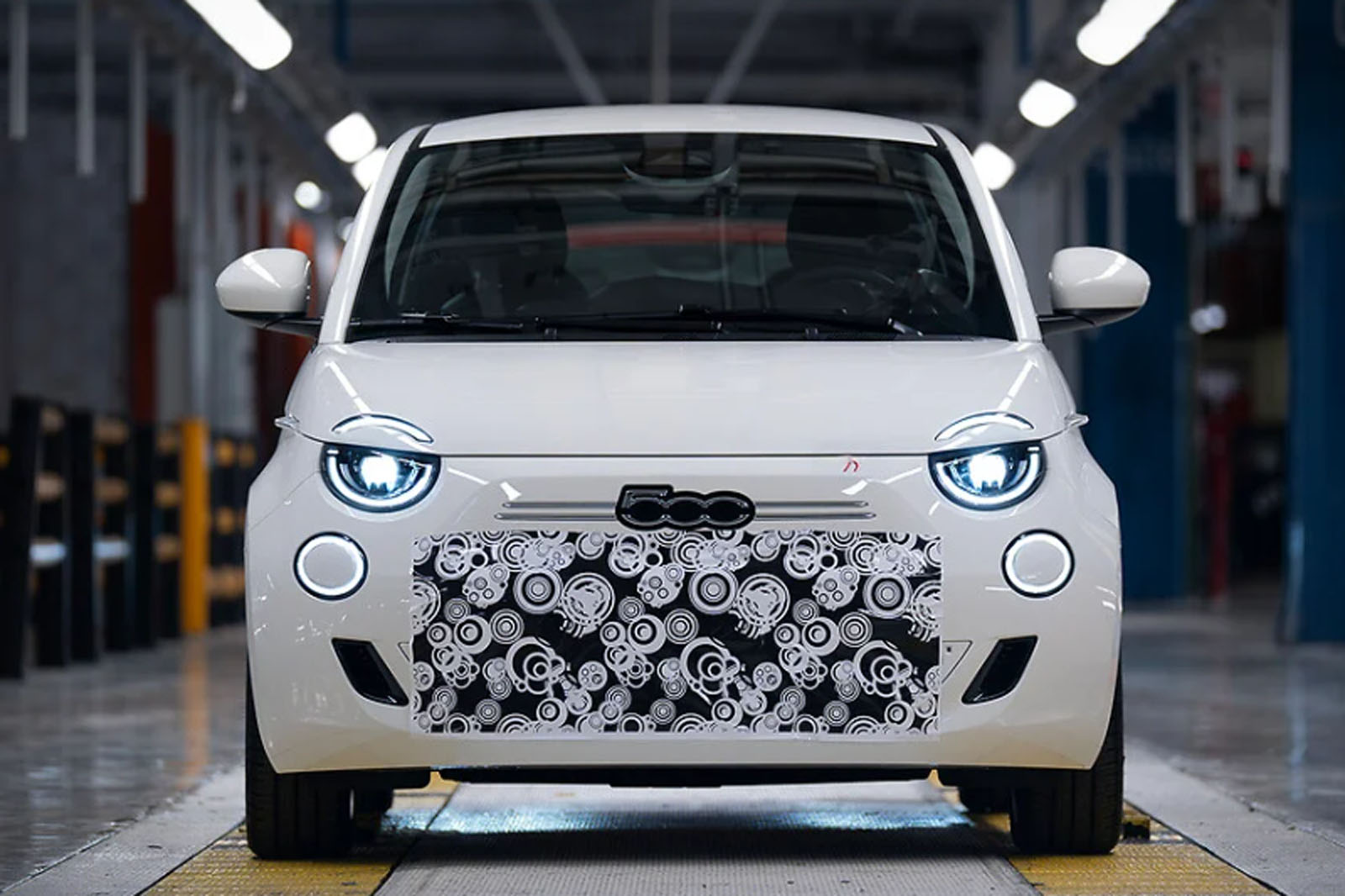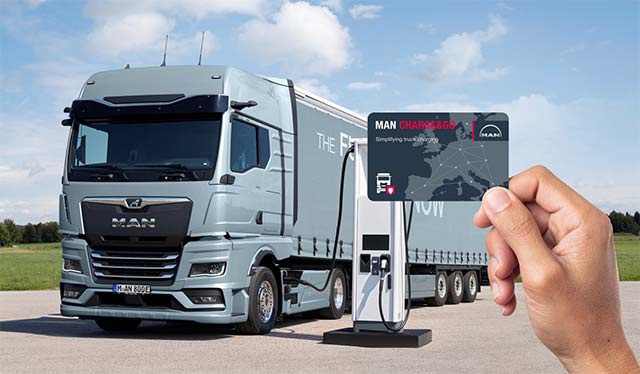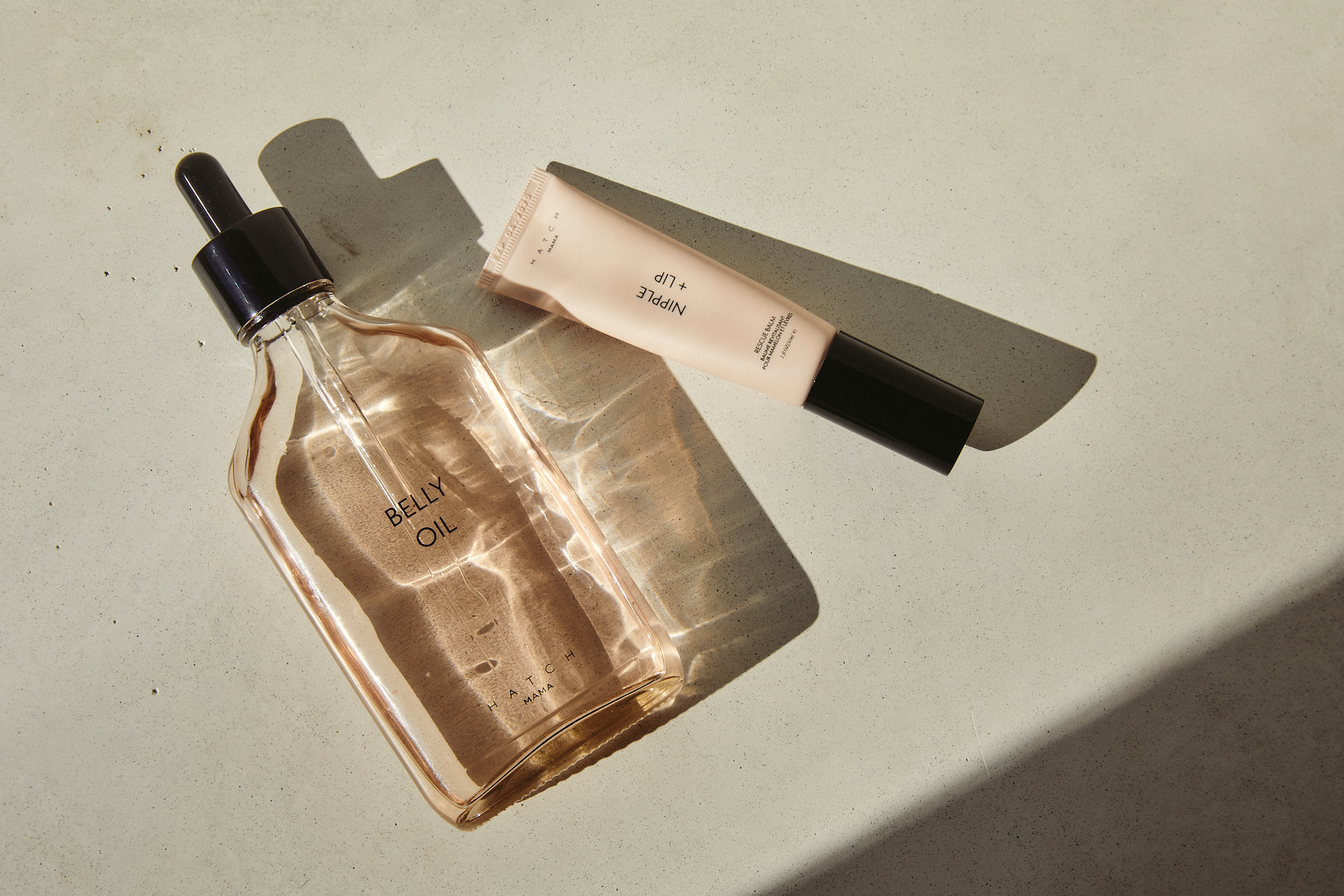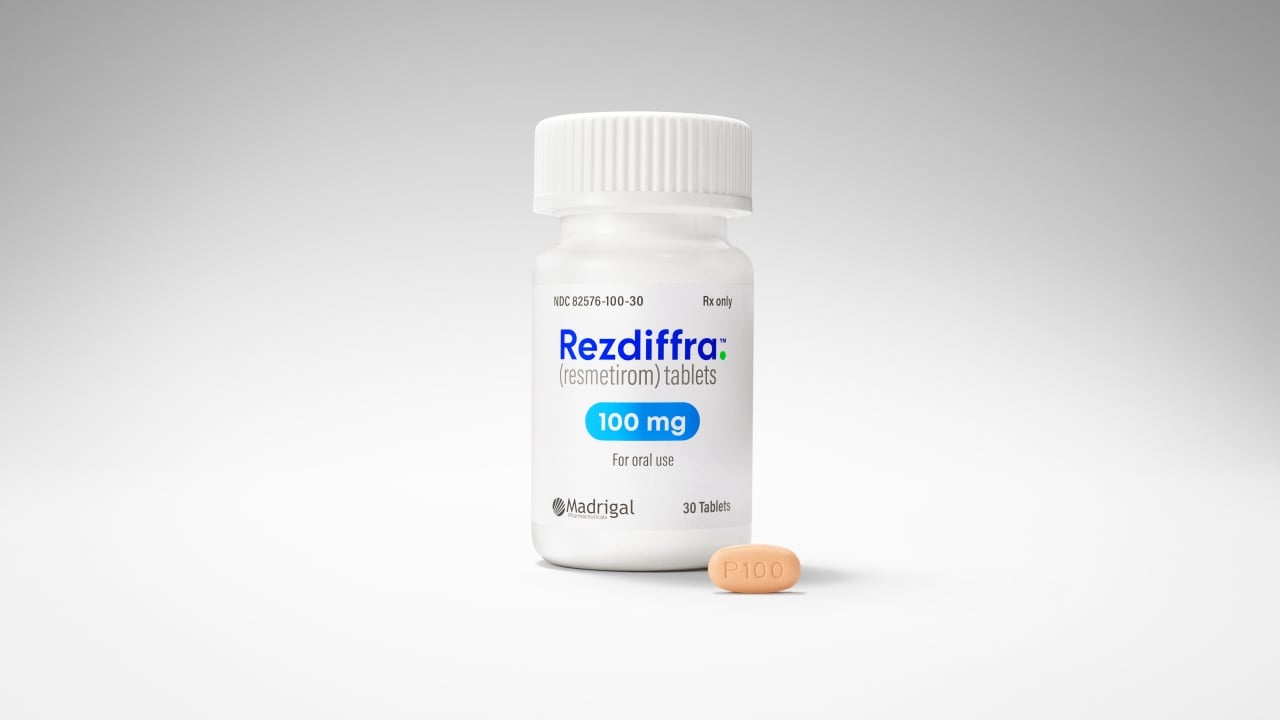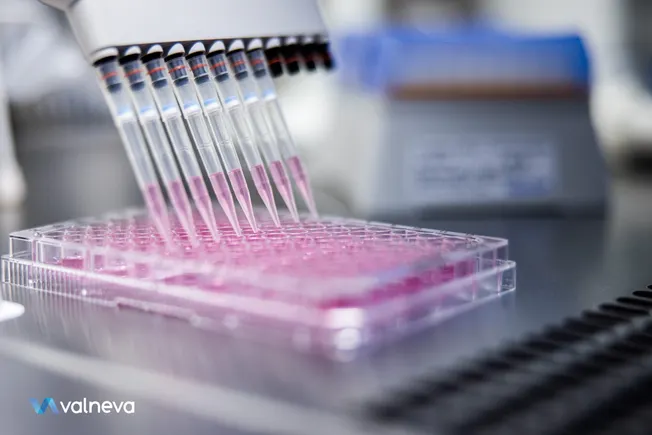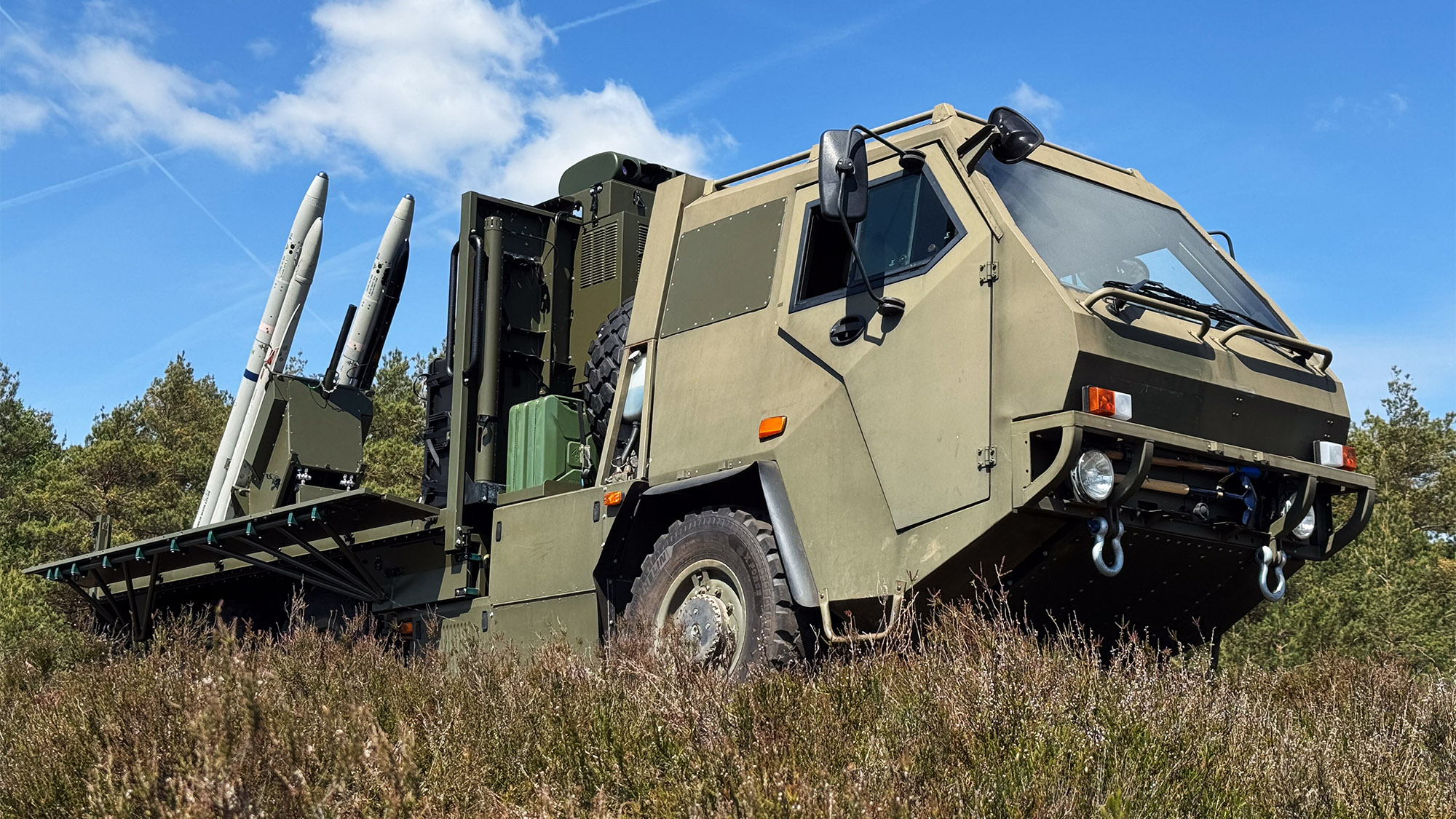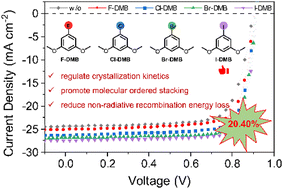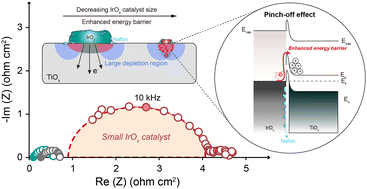What You Should Know Before Replacing Parts on Your Toyota
BeeLines Automotive (beelinesautomotive.com) offers reliable used auto parts like engines and transmissions across the U.S. and Canada, with free shipping, warranties, and easy returns.
Owning a Toyota means investing in a vehicle, this is known for its reliability, performance and longevity. Regular maintenance of is important to keep your vehicle running smoothly whether you drive a Camry, RAV4, Corolla or Tacoma. Eventually, at one point all cars need parts replacement from brake pads and belts to alternators and transmissions. Before you rush into a repair or replacement of your vehicle via Toyota OEM parts, it is important for you to understand a few key considerations. Making smart and informed decision about your Toyota’s parts can save your money and boost the performance of your vehicle. Here are several factors that every Toyota owner should know before replacing any parts with OEM parts:
Understand the Difference between OEM and Aftermarket Parts
One of the first decisions you have to face is choosing between the OEM parts and aftermarket parts. Here is a breakdown:
OEM parts are made by Toyota or approved manufacturers and are designed to match with your vehicle exactly whereas aftermarket parts are made by third-part companies and it may or may not accurate in fit, quality and reliability.
Aftermarket parts are way cheaper than OEM parts but OEM parts generally last longer and offer better fit and helps in maintaining the resale value of your vehicle. If you are replacing a critical component such as, Toyota engine OEM parts, Toyota transmission OEM parts or braking system OEM parts than OEM is the safer choice.
You Must Know Which Toyota OEM Parts Commonly Need Replacing
Being aware about maintenance helps avoid breakdowns and unexpected expenses. Here are some of the most commonly replaced Toyota parts and their typical lifespans:
You must replace the brake pads and rotors after every 3K to 7K miles depending on driving habits. A vehicles battery usually lasts up to 3 to 5 years. The timing belt and chain requires replacement between the 60K to 100K miles whereas air and cabin filters needs to replace after every 15K to 30K miles. Shocks and struts may needs to be replacing every 50K miles and spark plugs needs to be replacing around 60K to 100K miles, depending on the model.
If you know what to expect can help you to plan and budget for repairs.
Always Verify Part Compatibility
Toyota offers many models, trims and engine types even within the same vehicle year. For example, 2020 Toyota Camry might have multiple engine configuration or hybrid options. That means not all the parts are interchangeable. When purchasing the Toyota OEM parts, you need to make sure that you know your vehicle well; make, model, engine size, type, year and VIN which is useful for precise part matching.
And all this information is very important if you are buying parts online or form a third-party retailer. Getting the wrong part can cost you time, money and unnecessary frustration.
Beware of Counterfeit Auto Parts
In recent years, counterfeit auto parts have become a sincere concern. These parts may look like genuine Toyota OEM parts but often poorly made and unreliable. Common counterfeited parts include: brake pads, airbags, oil filters, spark plugs, headlights and taillights.
To avoid the fake, buy only from reputable retailers, authorized Toyota dealer or trusted local auto parts suppliers. Always check for the proper branding, part numbers and packaging.
Consider DIY vs. Professional Installation
Some of the Toyota parts like, filters, wiper blades and bulbs are simple to replace at home but more complex repairs should be left to professionals. Components like, timing belts, alternators and suspension parts require special tools, skills and torque specifications.
Before attempting any DIY replacement, ask yourself that do I have the right tools, do I understand the installation process, will I void my warranty or insurance coverage or what are risks of getting it wrong? In many of the cases, paying a certified technician ensure that the job in done right.
Don't Overlook Used or Remanufactured Parts
If Toyota OEM parts are not in your budget, you can consider a certified used or remanufactured Toyota parts. These components are generally inspected, cleaned and tested before resale. They offer certain cost saving option while still delivering the solid performance.
You need to make that you buy from reputable salvage yard or remanufacturer that offers: warranty coverage, return policies and verified vehicle history. All these are generally required for high-cost items used Toyota transmissions, engines or electronic control units.
Ask About Warranties and Return Policies
Always check for the warranty and return policies whether you are buy a used, remanufactured or OEM parts. Reputable suppliers stand behind their products.
OEM parts generally comes with 1 year warranty, whereas aftermarket parts may or may not have any warranty and used parts usually have limited warranty. So it is important to ask before buying. A good warranty can make the difference between a smart investment and costly mistake.
These are some of the factors to consider before replacing the parts of your Toyota.
Final Thought
From the above gist, we concluded that maintaining your Toyota with high quality and properly fitted parts is important for long term performance and reliability. By understanding your options, whether you choose Toyota OEM parts, used parts or remanufactured parts. The most important is to buy from reliable source like beelinesautomotive.com who offers warranty on their all kinds of parts.












